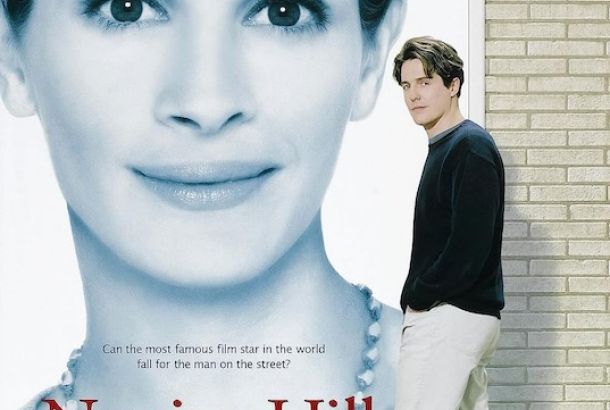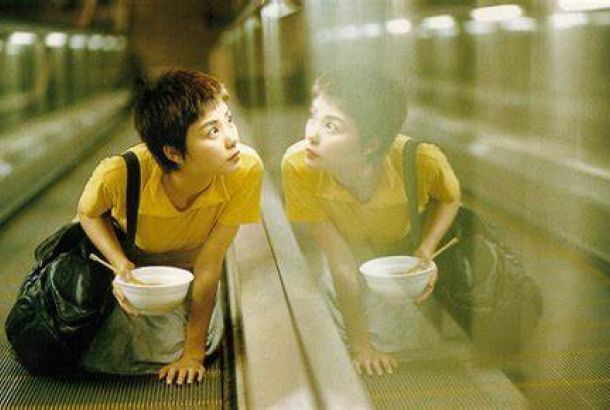History of film: The first female filmmakers and their feminist message

As part of the our Reclaim The Night issue, we at the film section wanted to foreground the wealth of feminist figures, films and messages that have been integral to the cinema we now know and love. Where better than to start with the very first female filmmakers: Alice Guy-Blache and Lois Weber. Finding themselves in the midst of the industry, right at the start of when films were just beginning to be made, their contributions cannot be underestimated, laying the foundations for future female directors.
Alice Guy-Blache worked for Gaumont Film Company, which was founded in 1895 by Leon Gaumont, and is named as the oldest film company in the world. Guy-Blache worked for Gaumont as a secretary, but soon began asking him if she could try out filmmaking. This ended in the one minute long film , La Fee aux Choux, translated as The Cabbage-Patch Fairy, made in 1896. The film shows a woman, with wreaths of flowers on her dress, in a cabbage patch where babies are being born. She dances around the cabbages, picking up the naked babies. Although this seems a bit of a strange one, these weird and wonderful images were very present in Guy-Blache’s cinema. The themes of motherhood were very clearly present from her first film, and this continued with feminist themes and commentaries on the patriarchal society.
She created 1000 films in total, unfortunately only 150 survived. Many are seen as infamous short films of the time. She interweaved underlying feminist messages into each film. Although these often seemed obvious to the women around her, many of her contemporaries, mostly men, mistook and labelled these commentaries as innocent and naive. However, when you look back at the films there is an effervescent quality, illustrating the genius of an outspoken woman.
She used unusual techniques for the time such as gender role reversal. She dressed men as women and women as men, in order to highlight the issues of patriarchy, by quite literally placing a man in a woman’s shoes. This use of role reversal was prevalent in her masterpiece, The Consequences of Feminism, in which a woman comes into a hat shop where the men are working. She begins to harass the men, and when she leaves, their discomfort is clear. One of the men leaves and is soon harassed once again, until another woman comes and saves him. Although this kindness is received with gratitude, the kindness transforms into a new form of harassment as the woman wills the man to kiss her. This was an artistic shout for equality.
She was also an avid user of irony and sarcasm, often painting women as the object in order to prove a point. This was prevalent in her film Une Femme Collante, or A Sticky Woman, in which a woman has the job of stamp licker. The role demands that she always has her tongue out. This ends in the man kissing the woman, and then, as if to teach him a lesson, becoming stuck to the woman’s lips.
After working for Gaumont for many years, including a period in America, Guy-Blache started her own production company Solax in 1910. Extreme success and popularity meant she went on to direct a series of feature length films like The Shadows of Moulin Rouge (1913), The Tigress (1914) and many more.
Alice Guy-Blache met Lois Weber when working for Gaumont in America.
Lois Weber started off as a concert pianist and opera singer. She started out as an actor before meeting her husband. She soon began writing and directing scenes in New Jersey, under the illustrious film maker Alice Guy-Blache.
She was encouraged by Guy-Blache to write and direct films which she subsequently partnered on with her husband Smalley. They began directing just for Gaumont, but their talents were quickly identified and began directing for other production companies. She was soon recognised as the one who called the shots when working with her husband, and in 1917 she set up her own production company, Lois Weber Productions. She was considered just as talented as her male counterparts, like Charlie Chaplin, Giovanni Pastrone and D.W.Griffith, but never gathered the same amount of fame. Her films were very inaccessible for many years, and have only recently been restored and re-released.
She was extremely busy during this time, making 148 films. These included Suspense (1913), a short horror film, in which a mother has her house broken into. Although the plot was hardly original, she used many new and exciting film techniques to bring it to life. She also presents the woman in the film, played by Weber herself, as hugely empathetic, a far more realistic representation of the terror one would feel than any other depiction of women at the time. This has been attributed to the large number of men in the industry who dominated narratives at the time. A woman depicting a woman’s experience was an unusual and distinctly radical thing.
Her other films included feature lengths like Hypocrites (1915), Where Are My Children (1916), The Dumb Girl of Portici (1916) and Shoes (1916). She was intent on creating films with social commentaries, controversial plots and shocking images.
For example, Shoes centres around a girl having to provide for her family, prioritising her family’s wellbeing over her own to the point where she has to walk around with tattered shoes on her feet. She decides to sleep with a singer in exchange for money, and the next day buys a new pair of shoes before learning her father has just secured a new job. Weber gives voice to a woman without shaming her for her choices. She instead passes judgement on the structural problems of society that forced women to take these routes in order to survive, rather than the choices that had to be made by the women within said society.
Weber also generated great controversy and criticism from the censorship boards in her film Hypocrites. A statue comes to life and turns into a naked woman, in order to portray the “naked truth” of the society around her. The statue sheds light on the false sanctimony of the congregation, holding up a mirror to reveal their unwavering desire for money and power.
Both of these women were revolutionary thinkers of the time and were part of a radical progression in cinema. Using unheard-of techniques and directly confronting the gender politics of the day, it is important that they are spoken of with the same weight as their male counterparts, and celebrated for their poignant feminist messages and social commentaries.







